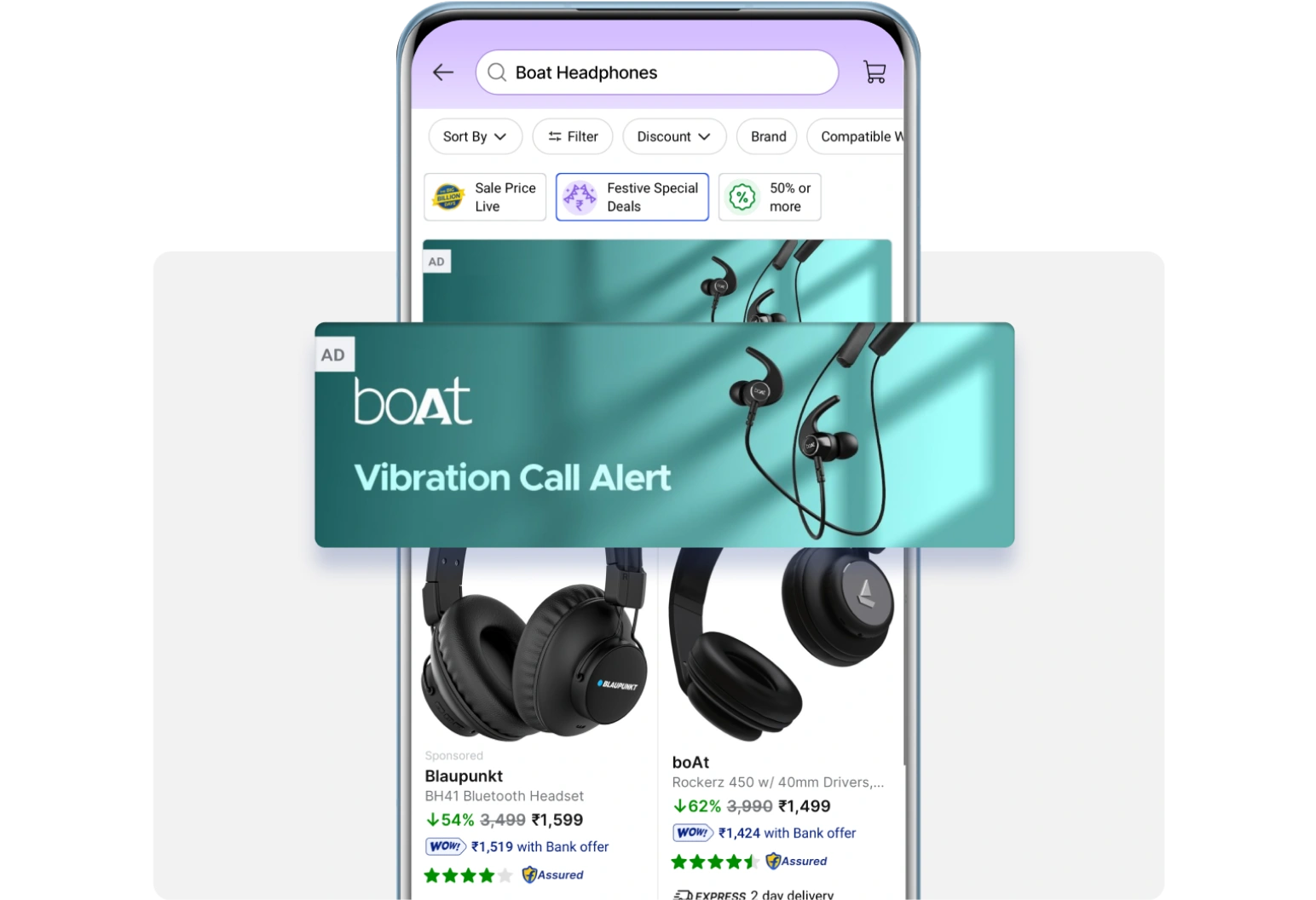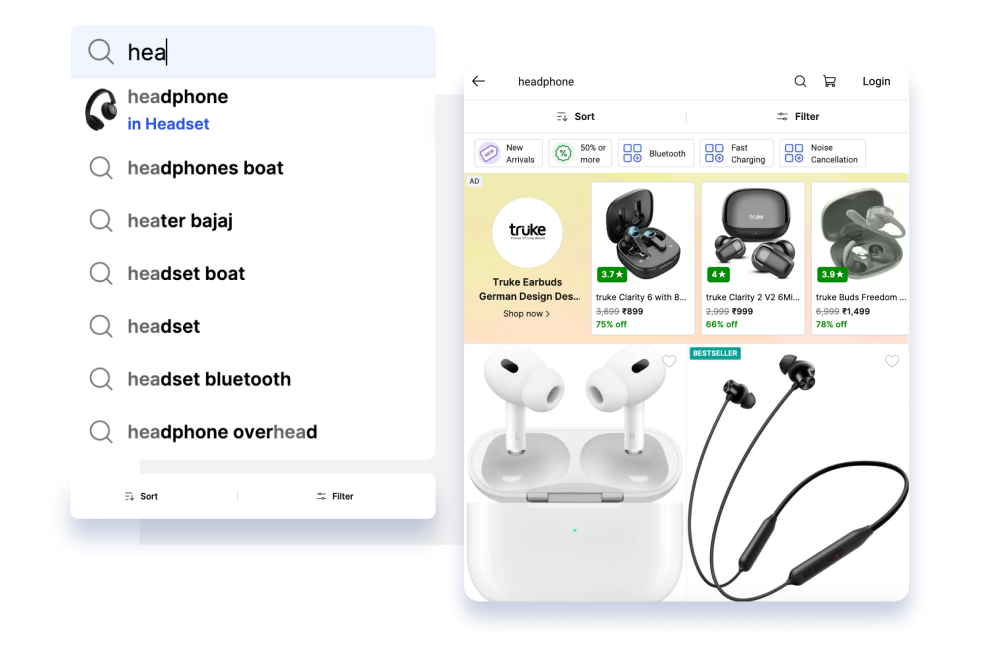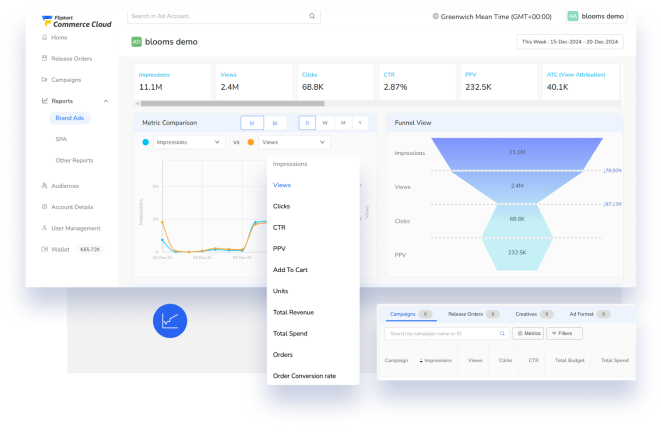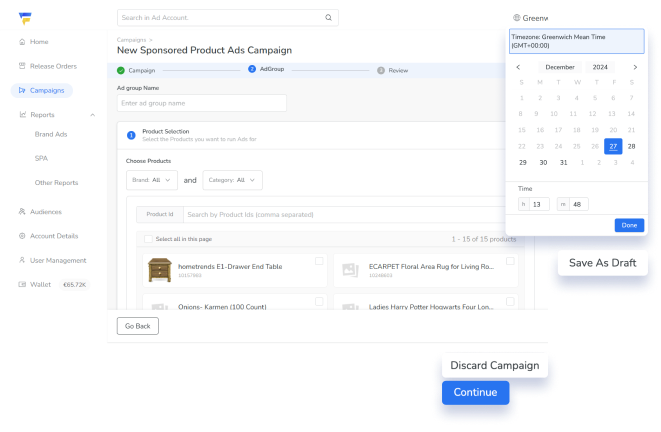FAQ
Contextual advertising software is a tool that analyzes web content to display relevant ads based on the page's context. It improves ad targeting and user engagement without relying on personal data or cookies.
Contextual advertising examines webpage content, including text, images, and metadata, to understand the context. It then matches and displays ads relevant to that context, enhancing user experience and ad performance.
Product contextual ads are advertisements that showcase specific products based on the content and context of the webpage. This increases the likelihood of user interest and engagement with the advertised items.
Contextual Advertising Software improves targeting by investigating user intent signals in real-time, matching products to customers when they are most likely to convert and generating thousands of key-value pairs for precise targeting.
Contextual advertising is important because it increases ad relevance, improves user experience, boosts click-through rates, and provides a privacy-compliant alternative to cookie-based targeting in the evolving digital landscape.
Contextual advertising software increases ad relevancy by analyzing page content, user intent, and browsing behavior to display ads that align closely with the user’s current interests and the page’s subject matter.
Businesses of all sizes and industries can benefit from FCC Contextual Ads solution. This includes e-commerce platforms, content publishers, and advertisers looking to improve ad performance and user engagement.
Yes, contextual advertising software provides comprehensive analytics and reporting tools to track key performance metrics, including click-through rates, conversion rates, and Return on Ad Spend (ROAS).
Contextual advertising software can be cost-effective as it improves ad targeting, potentially increasing click-through rates and conversions. It also offers features like budget pacing and ROAS optimization to maximize ad spend efficiency.

















